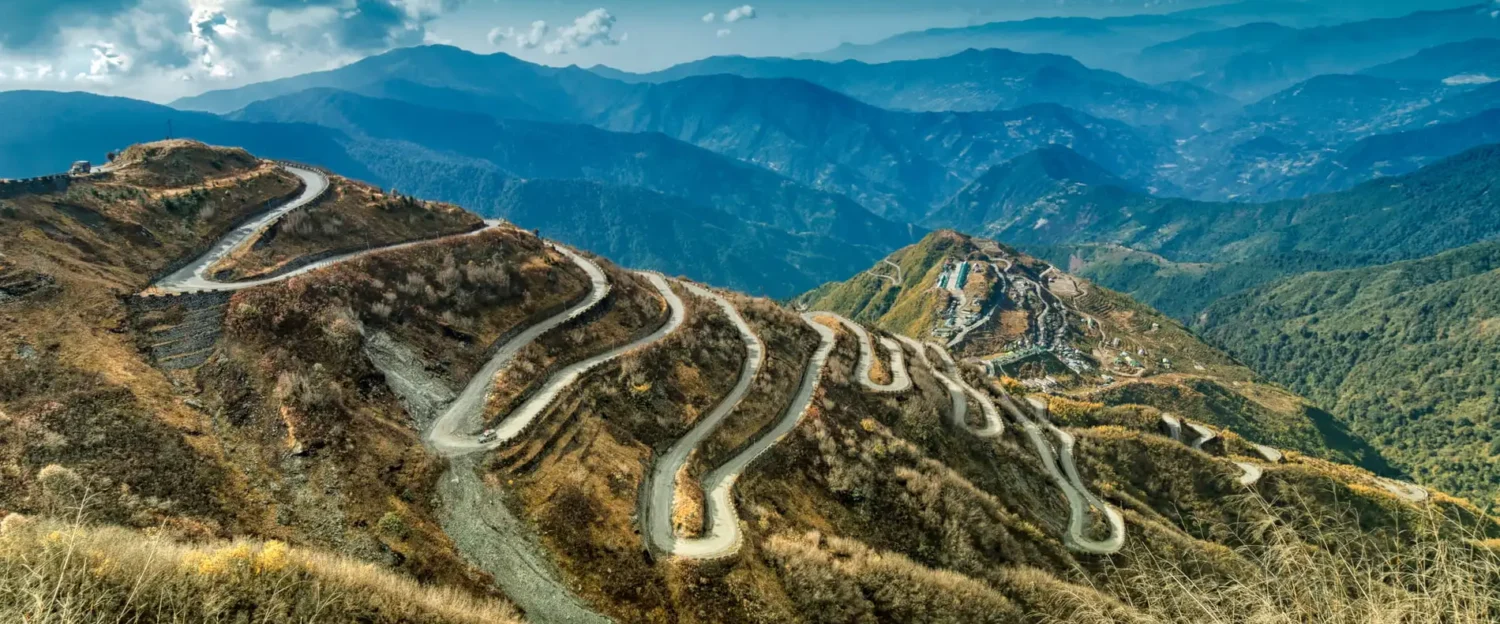As we go deeper into discovering the Silk Road’s immersive world, our digital huddles enact a subsequent voyage form the effervescent streets of Istanbul under the Ottomans towards kingdom of Jerusalem. From the abundantly crowded market places, we proceed to cast light on the unmistakably prominent religious and cultural land sites of our imaginary journey.
Even Ottoman Istanbul, enriched with a Grand Bazaar and the cultural kaleidoscope, was allowed a glimpse to the flourishing trade and cultural unions that dominated the Silk Road from the 16 the to the 17 the century. Farewell to the noisy lanes and the colors of the bazaar, we turn our gaze now to the sacred city of Jerusalem with the notes of the plurality of religions and historical richness.
A city rich in timeless religious and culture evolution, Jerusalem becomes another stage of our virtual expedition. It represents the merging of the three major monotheistic faiths; Judaism and Islam, Christianity and Islam Moses, Jesus, Muhammad perfect in their own right as loving messengers of God. A journey over the Silk Road passageway takes our accomplice through the cosmopolitan climate of Ottoman Istanbul and to the lofty climate of Jerusalem. Such a transition invites our digital traveler to see not only the local scenes but also the spiritual connection between the various cultures and religions. Yet this change of perspective encourages us to inquire about the sounds of prayers resonating through old stone walls the smells of incense and other sacred offerings and conversations among pilgrims who traveled long distances only to come closer in the sacred city. An attempt to reconstruct the climate of Jerusalem during the 16 the two s seventeenth centuries based on a mixture of primary and secondary resources will be taken by our digital publication.
Settings of Ottoman Istanbul became famous
We set off to the west in the city of Ottoman Istanbul, the sounding board for a cultural crescendo between East and West. Through primary sources, the wonder of Hagia Sofia, the Blue Mosque, and the Topkapi Palace comes to life. For our digital tourist, Byzantine and Ottoman influences meet, a result of the city’s place to act as a cultural nexus (Sen 4). The call to prayer and the row of minarets majestically rise over the streets, shaping a seeming yarn concept on the area.
As the journey goes towards Jerusalem, our virtual caravan, all his attractions is directed towards the Western Wall (Dong et al. 4). Primary sources elucidate the spiritual atmosphere of this sacred place where supplication resonate off antique stones. New rituals include the Catholic Priest declaring in French, that liturgy must not exclude any member of the human family; other rituals include the worshipers: of Islam, Animism, Atheism, Buddhism, Animism, and Hinduism. The stifling reverence evokes the Western Wall as the manifestation of religious solidarity and cultural richness along the Silk Route.
Jerusalem – Dome of the Rock
First, the journey is more popular towards the Dome of the Rock, one of the best-known examples of Islamic architecture. The virtual Traveler is later led by primary and secondary sources on how relevant this place is to Muslims and its importance in history. Also, it is possible to find that visual feast and it reveals the synthesis of oriental and occidental arts.

The sounds of prayers would unleash the cultural exchanges that took place within the court, and the virtual tourist could note that the Silk Road threads would be woven to meet at the heart of Jerusalem.

